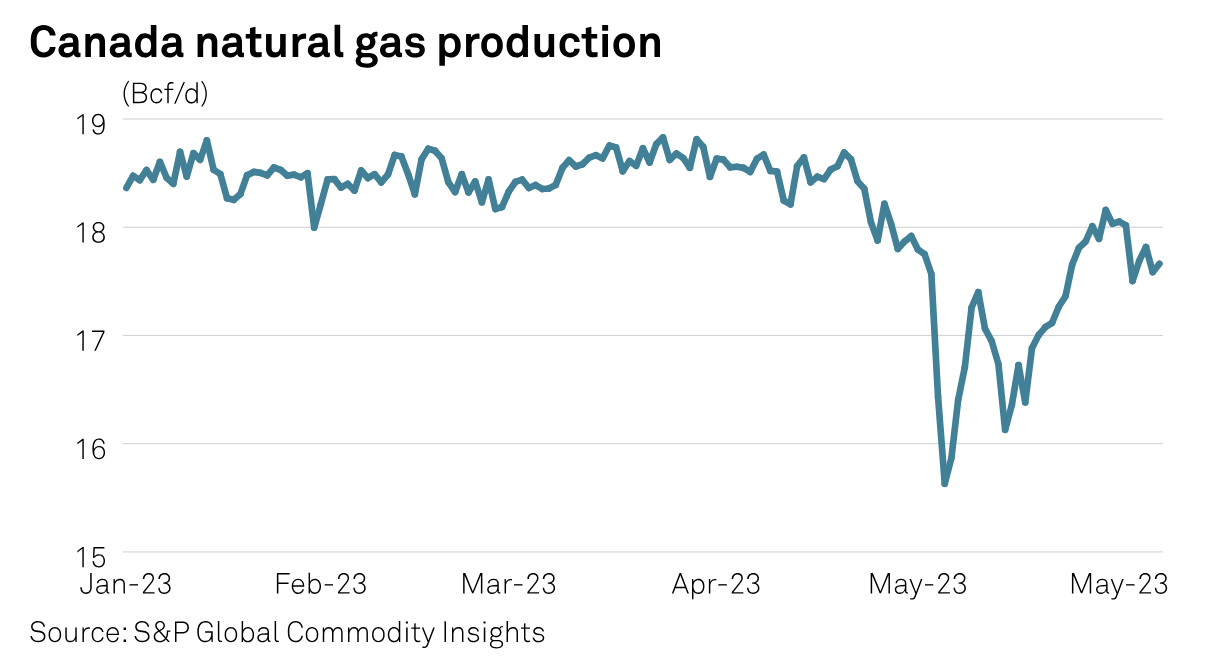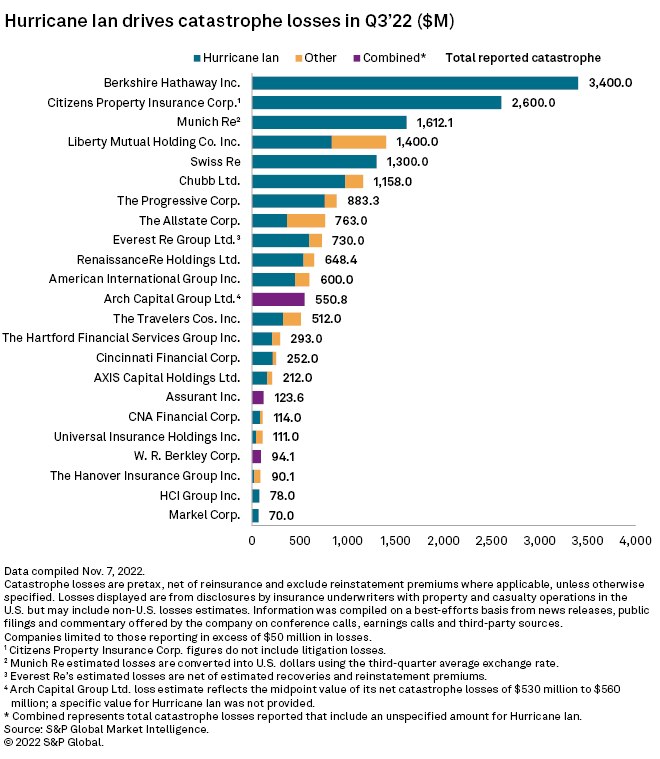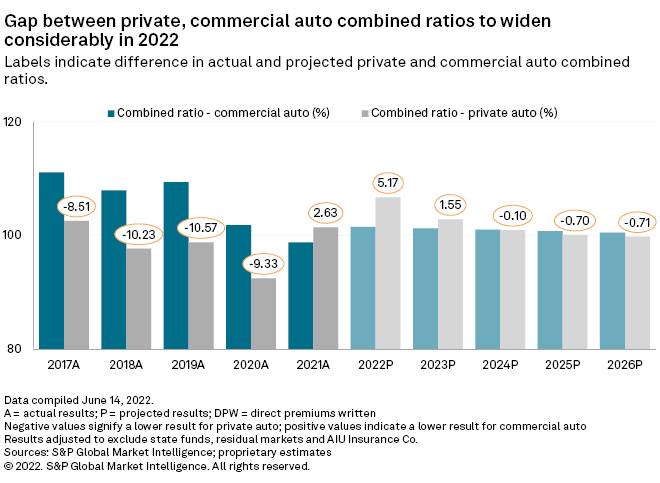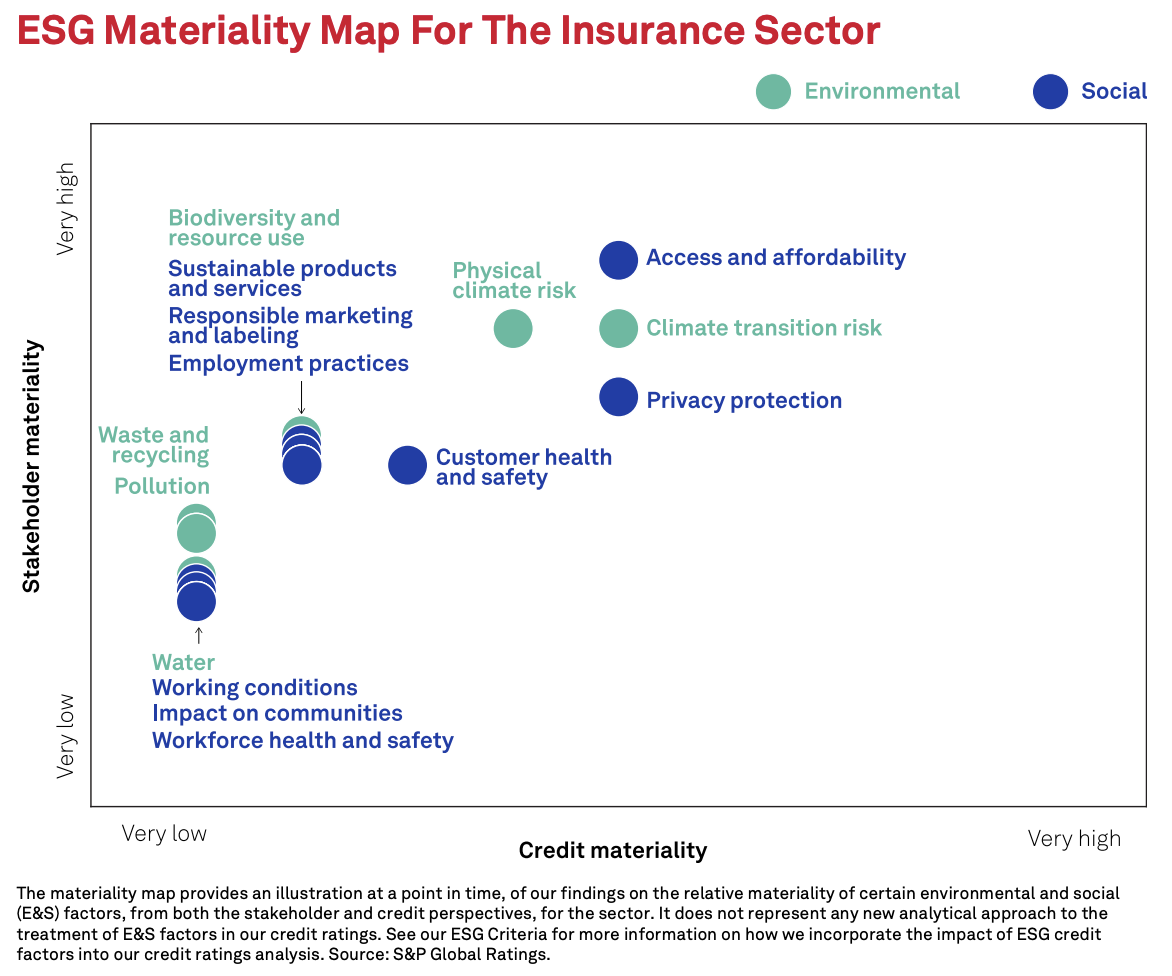Discover more about S&P Global’s offerings
Climate-related disasters are leading to increased claims across the insurance industry. As floods, heat waves, fires, and extreme weather becomes more common, insurers are re-evaluating their exposure.
Total Canadian gas production was estimated at 17.7 Bcf/d June 7—down from a peak of more than 18 Bcf/d in late May. Prior to the outbreak of wildfires across Alberta in early May, Canadian gas production had averaged about 18.5 Bcf/d from January through April, legacy IHS PointLogic data from S&P Global Commodity Insights showed.
The rebound in western Canadian natural gas production has stalled this month, as wildfires across Alberta have accelerated recently amid dry weather and heat warnings from government authorities.
Read the Full Article
Massive forest fires scorching swaths of Quebec in recent weeks have forced some gold miners to suspend operations and many explorers to halt fieldwork due to safety concerns and restricted access to public lands.
The fires pummeling Canada during an unusually dry spring have burned 3.3 million hectares across the country and affected more than 100,000 people under evacuation orders, according to the Canadian government. Some of the worst fires are raging in Quebec, Canada's top province for exploration budgets in 2022 and a major hub for the country's mining sector.
On June 3, Quebec expanded rules that bar access to much of its forested public lands, which cover the vast majority of the province. The restrictions affect almost all of southwestern Quebec, including regions near mines and prime exploration grounds.
Read the Full ArticleCanada's crude production has been reduced in recent weeks by wildfires in Alberta, tightening price discounts for some Canadian crude grades. While the bulk of output has returned, and longer-term output is expected to rise 500,000 b/d by 2030, high development costs are threatening that outlook, with Equinor announcing a delay of its Bay du Nord project.
S&P Global Commodity Insights' Jeff Mower, director of Americas oil news, discusses these market conditions and their impacts with Americas crude pricing reporter Julia Pecha and Calgary correspondent Ashok Dutta.
Learn MoreDamage from Hurricane Ian led to significant catastrophe losses for many large property-casualty carriers and reinsurers and for Florida's insurer of last resort, Citizens Property Insurance Corp., during the third quarter of 2022.
Many of the reporting companies in the S&P Global Market Intelligence analysis were affected by the hurricane, which hit the southwest coast of Florida as a Category 4 storm on Sept. 28 with 150 mph winds and dumped over 10 inches of rain on the state.
Berkshire Hathaway Inc.'s insurance and reinsurance operations reported catastrophe losses of $3.4 billion from Ian, the highest of any insurer that has reported specific losses.
Citizens Property, the largest insurer in the Sunshine State, reported a catastrophe loss total at $2.6 billion. The company had processed 100,000 claims from policyholders affected by Ian as of Oct. 14, according to an email from company spokesman Michael Peltier.
Several of the smaller Florida-centric carriers reported losses as well. HCI Group Inc. reported $78 million in losses from Ian, Heritage Insurance Holdings Inc. had $40 million and United Insurance Holdings Corp. absorbed losses of $36.4 million.
Read the Full Article
A recent winter storm sent a chill down the spines of investors as the wintry weather that plagued North America in December 2022 resulted in higher-than-expected losses for property and casualty insurers.
Last month, a winter storm cut a path across North America, killing more than 60 people, stranding thousands during the busy holiday season and racking up a damage total of approximately $5.4 billion across 42 U.S. states.
The impact of the storm was felt by various property and casualty insurers, including The Travelers Cos. Inc., which on Tuesday reported $459 million of pretax estimated catastrophe losses, or $362 million after tax, net of reinsurance. The company expects to report net income of $819 million, or $3.44 per share, and core income of $810 million, or $3.40 per share, for the quarter.
Read the Full ArticleIn 2022, the world experienced major climate-related disasters ranging from flooding and hurricanes to drought and extreme heatwaves. Moreover, 2022 was the sixth-warmest year on record, according to scientists at the U.S. National Oceanic and Atmospheric Administration, or NOAA.
Learn MoreS&P Global Ratings recently revised its view on the U.S. property/casualty (P/C) sector to negative from stable, reflecting our expectation of weaker credit trends over the next 12 months, including more negative than positive rating changes and a negative shift in the distribution of rating outlooks. S&P Global Ratings' view on the sector reflects several factors, including:
Efforts by U.S. property and casualty insurers to more accurately match rate to risk will drive outsized premium growth in those business lines and geographies most exposed to emerging perils.
Read the Full ReportCommercial auto consistently ranked as one of the U.S. property and casualty industry's worst-performing lines prior to the pandemic, but recent results suggest that the tide has at least temporarily turned.

Inflation, and to some extent, competition, in motor and medical lines should drag on insurers' underwriting performance in 2022-2023. However, despite macroeconomic headwinds, insurance is one of the highest rated sectors globally. The report highlights our 2023 forecasts for key performance metrics, notably in relation to market profitability and growth.
Key Takeaways
W. R. Berkley Corp. took advantage of some opportunities in the property catastrophe space during the most recent reinsurance renewal season but is holding off on taking a deeper dive into the market for now.
"We put more than a toe in the water, but not more than a foot, and that's just because of our view of volatility," CEO Rob Berkley said during an during a conference call. "In addition to that, we're going to see what type of opportunities there are in the first quarter and the balance of the year, particularly with some shortfalls in certain market participants' covers."
Read the Full ArticleEuropean insurers' and reinsurers' shorter-term goals to cut underwriting emissions are under pressure as several countries across the continent return to fossil fuels to stave off energy shortages triggered by the Russia-Ukraine war.
Read the Full ReportSeveral global insurers have recently announced more ambitious strategies to cut carbon emissions from their underwriting and investment portfolios, but exceptions and gaps in their policies cast doubt on the likely effectiveness of those targets.
Read the Full ArticleEnvironmental and social factors are material from both the stakeholder and credit perspectives, but less so than for most industrial sectors. Access and affordability, privacy protection, and climate transition and physical climate risks are among the most material factors.
